My favourite photography genre is portraiture and I thought it might be useful if I gave you some of the portrait photography tips and techniques I use.
The tips will concentrate on basic camera settings, best lighting for portraits and good shooting techniques to produce outstanding portraits.
Most of this post will refer to females because in my experience they tend to be more accommodating than males when it comes to having their portraits taken. The tips and techniques apply to both sexes and even animals (pet portraits are a big market and are in high demand).
Please bear in mind that not one size fits all and each situation will depend on a number of factors. This information is not a portrait photographer’s bible but more of a guide as to what you need to take into consideration for your portrait photography.
I’ll give you all the technical boring stuff but I thought I would add a video at this point. This guy makes a lot of sense around just doing it without worrying too much about “the rules” – although you do obviously need to know the basics as outlined below.
Let’s start with camera settings …
Contents
The Best Camera Settings for Portraits - is auto OK?
NO!!
(Well yes I suppose it might be but you did buy a DSLR for a purpose – right?)
The most important function your camera needs to produce with portrait work is a sharp image.
For this reason I highly recommend you select “aperture priority” and concentrate on depth of field to get your main focal point in sharp focus.
I expand on this in a separate paragraph below.
If aperture mode is not your thing, “manual” is perfectly fine – I use manual because I am more comfortable with it.
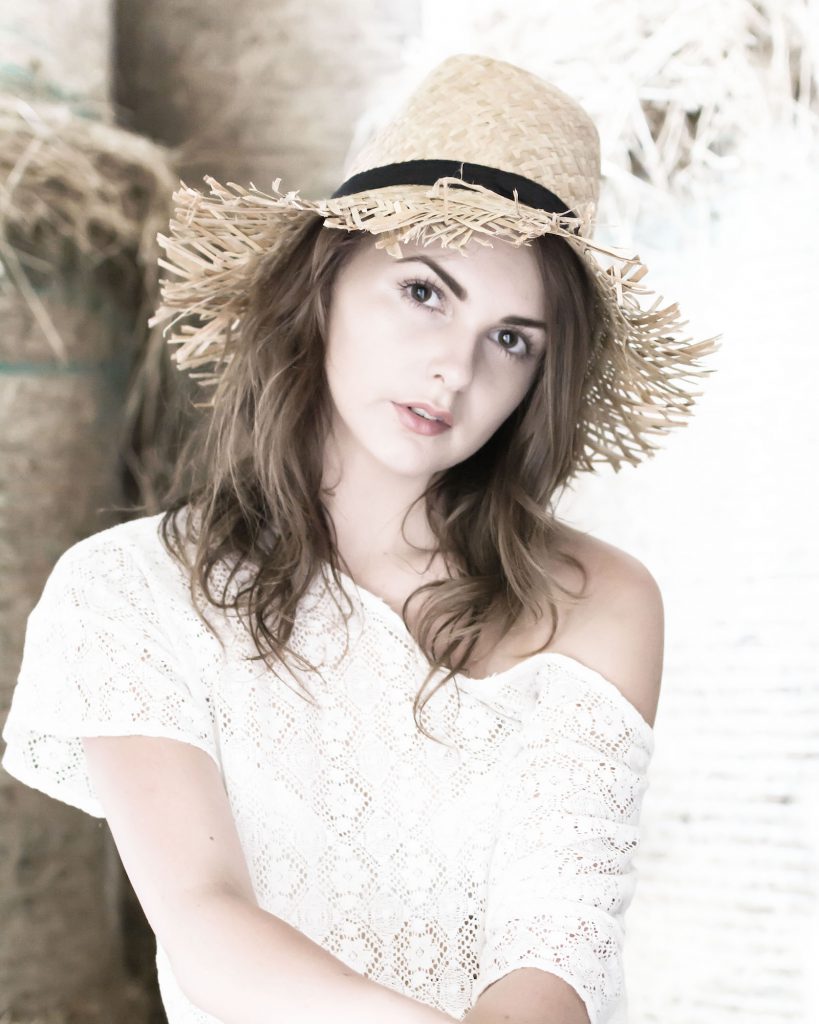
Camera Settings Check List for Portrait Photography
Here’s a check-list for your camera settings.
In no particular order:
- Select Aperture mode. This will free you up to select your preferred shutter speed or ISO. Both are important for correct exposure but read my comments on movement below.
- Shoot in RAW. Portraits need post processing to remove zits, any hair in the face, lipstick smudges, tan lines, straps, background clutter and other distracting elements.
And that’s just the bad stuff.
To get the subject to pop you need to be able to increase or decrease contrast, modify lighting and colour saturation and make a number of fine-tuning adjustments.
Using a RAW file will make post processing that much easier. - ISO Setting. This is a tricky one and depends on a number of things.
Are you indoors or out, using artificial light or natural, is it cloudy is it bright etc.? If there’s any doubt set ISO to “auto”. Remember because you are in aperture mode any changes you make to either ISO or shutter speed will affect the other setting.
Keep an eye out for changing light conditions – for example the sun disappearing behind clouds. - Shutter speed. Humans move, even when standing still, so set your shutter speed accordingly. I always aim for 1/125th of a second or faster but will go slower if I have to. Using a tripod allows you to go right down to as little as 1/50th but check that your model hasn’t moved or blinked in that 1/50th sec.
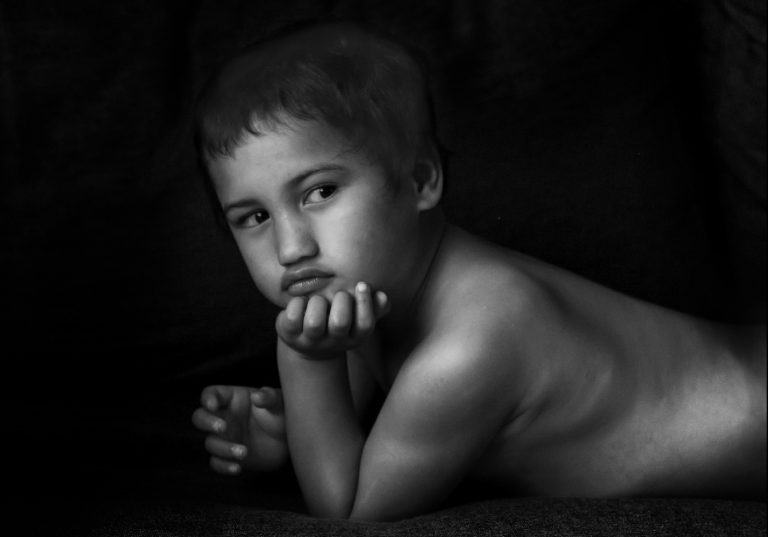
- A word of warning: Pet’s and children move really quickly and for this reason I place more emphasis on shutter speed than ISO.
- Metering. For individual portraits I like to use spot metering or center weighted as I want my subjects face to pop or be correctly exposed. For group photos select either center weighted or matrix – depending on the size of the group.
- Focus points. This is a matter of choice and I suggest you use a minimum of 5 for individual portraits and as many as required for two or more that will ensure everyone is in focus. The final selection will depend on the aperture you use which affects depth of field – see separate paragraph below.
- Auto Focus Single (AF-S). Although manual focusing is a lot of fun, and well worth giving a go, I suggest you use auto-focus single. With AF-S you can focus and recompose or continue pressing the shutter to take the photo once satisfied the subject is in focus. If you use back-button focus I suggest you use auto-focus continuous (AF-C) which, in my opinion makes focusing and recomposing a lot easier. However back-button focusing is not everybody’s cup of tea. I just happen to prefer it.
- White Balance (WB). White balance is probably the one thing I never seem to be able to remember. If you are like me set it to auto. While auto WB is perfectly okay in most situations, using the in-camera “Preset” option is preferable. Please see your manual for further details on the preset option.
Essentially you use a white or neutral gray colour (gray cards are excellent for this) in situ and pre-select that using your camera’s preset function. The preset function gives the best WB (and colour rendition) and will save you time in post-processing.
In variable lighting, say where you have fluorescent as well as window light, using the preset is virtually essential.
Righto let’s move on to the highly debatable …
Best Lens For Portrait Photography - prime or zoom?
Like everything photographic the choice of what lens you use will be determined by a number of factors – not least of which may be your budget!
- Are you shooting Full Frame (FF) or Crop Sensor (CS). The crop sensor of your camera will impact on the lens you use. So for example if I say you need a 50mm lens for an FF the equivalent in CS is about 35mm, for 80mm it is about 55mm and so on.
- How much working space is available? If you are in a small studio you will be limited to using a shorter focal length in order to fit the subject in your frame. The bigger the space you are shooting in the more options you have for using a longer focal length lens.
- Proximity to subject. Is your subject happy with a camera stuck in her face? Yes – you are able to use a short focal length lens. No – you will need something a bit longer to give her space and make her feel comfortable.Are you taking clandestine type portraits? For these I would suggest a longer focal length.
With two or more subjects, or a large group, use a shorter focal length to fit them all in – even though you might be outdoors and have a lot of space.
As you can see there are a range of factors that one needs to take into account and for that reason there is no “One Size Fits All” portrait lens. I’ve barely scratched the surface here of the endless variety you might encounter.
I do know that the most popular range portraits is anything between 35mm and 100mm for both full frame and crop sensor users, with the most common probably somewhere between 24-70 mm for full frame (35-100 mm for crop sensor) and probably the reason that this exact combination in f2.8 is so popular with both wedding and portrait photographers.
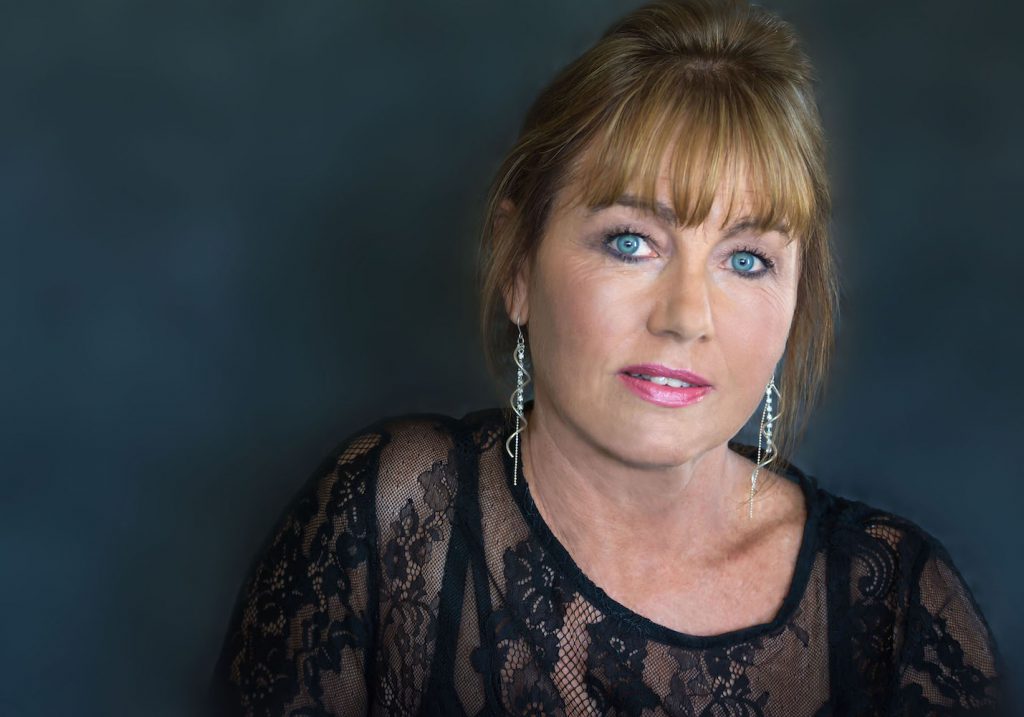
As you can see there are a range of factors that one needs to take into account and for that reason there is no “One Size Fits All” portrait lens. I’ve barely scratched the surface here of the endless variety you might encounter.
I do know that the most popular range portraits is anything between 35mm and 100mm for both full frame and crop sensor users, with the most common probably somewhere between 24-70 mm for full frame (35-100 mm for crop sensor) and probably the reason that this exact combination in f2.8 is so popular with both wedding and portrait photographers.
The 24-70mm f2.8 more expensive lens. If you’re interested in learning more about them you can read reviews on it over at Amazon or B&H or simply Google “Nikon/Canon/Tamron/Sigma 24-70 mm f2.8”
My own preferred portrait focal length lens is 50mm and I either use my 50mm f1.8 prime or my Sigma 50-150mm f2.8. In confined spaces I’ll happily throw on my 35mm f1.8. In all cases though I will not shoot at maximum aperture because the lenses are sharper a stop or two along. Generally around the f3.5 mark. Check yours for the sharpest f stop.
I have taken some great portraits using my 90mm macro and I bought a 50-150mm f2.8 Sigma (designed for crop sensor cameras and no longer made) specifically for portrait work. I find the greater compression the zoom provides at the longer end makes for beautiful buttery bokeh which always looks fabulous in portraits.
I’ll try any lens depending on the circumstances I find myself in.
So what if you don’t have a budget for an expensive prime or zoom?
Seriously this is not a problem at all. Use the lens that came with your camera – it will work just fine with the only limitation being your ability to stop right down on the aperture. You probably won’t even notice it.
Now let’s talk f Stops …
Best f Stop for Portraits - do I have to have an f1.8 lens?
Hell No!
But it might help. Here’s why …The wider you can open the aperture (indicated by a small f stop number such as 1.8), which controls not only light entering the camera but also the depth-of-field, the greater your chances of creating beautiful background bokeh.
Bokeh enhances portraits, particularly glamour and beauty portraits, and really makes the subject stand out.
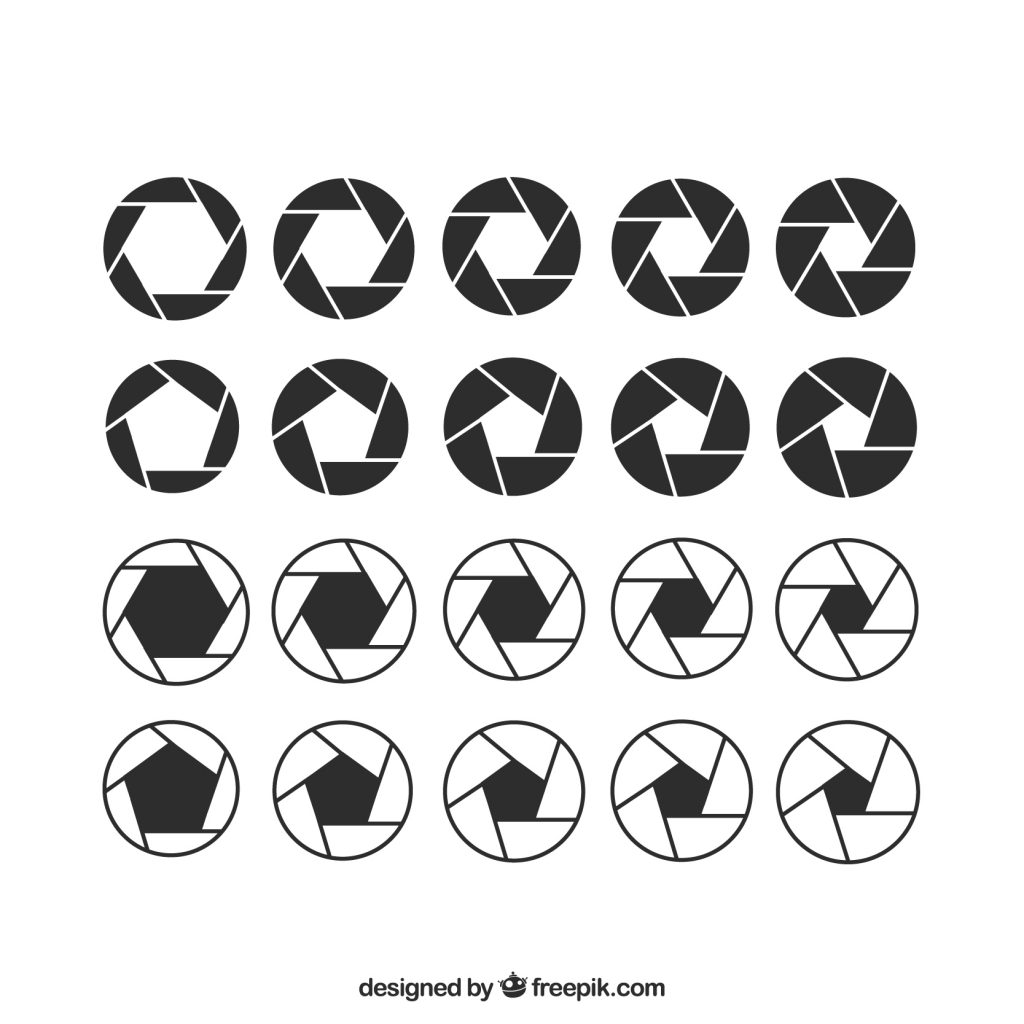
When doing environmental portraits you probably wouldn’t want bokeh (or maybe just a hint of it) as the background and surrounding subjects add to the story and let us know more about the character we are photographing. But even in this situation the more options you have the greater control you have on the end result.
I want to mention (again) the benefits of using a telephoto lens for portraits. I have two lenses that I frequently use; my 50-150mm (equivalent to roughly 70-200mm on a full frame body) and my older 80-200mm which takes outstanding portraits and which I use mainly for street photography style portrait work. I use them exclusively to photograph children and pets, both of whom are notorious for not sitting still or allowing one to get close.
The compression these zoom lenses create make the portraits absolutely gorgeous and I cannot speak highly enough about using longer zoom lenses for taking beautiful portraits. Give them a go – you have nothing to lose and a lot to gain.
Moving on to lighting …
Best Lighting For Portraits - Do you need a studio?
Lighting will depend on what/who your subject is and the mood you are trying to portray.
You do not need a studio but it is really wonderful to have one as a first option.
Lighting is a subject on its own and I plan to cover it in a series of posts at some future date.
Of course if you have the budget you can go ahead and buy a photography lighting kit to produce any number of looks and moods.
If you’re new to using artificial lighting for photography there are a number of excellent options for lighting equipment for beginners at ver reasonable prices.
But for now, and with little to no equipment, you can do almost anything – 99.9% of my portraits are taken indoors with 100% natural light filtering through windows.
Hint: Choosing the correct time of day helps.
For women, I always try to go for soft, even (flat) lighting. Soft lighting with an even spread over the face eliminates any hard shadows that emphasize wrinkles and blemishes. Show me a woman that wants those highlighted and I will give up photography!
For studio work you do not need expensive lighting equipment. I use a single speed light and one umbrella as a diffuser on the odd occasion that I use artificial lighting.
Strive for similar soft lighting with children’s portraits but of course if they are running around outside you will have little to no control. Adaptability is the name of the game!
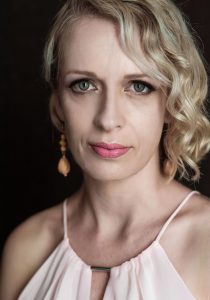
For men harsh lighting is more acceptable and in many cases even preferred. Bringing out the detail in crags, creases and high-lighting that “five o’clock shadow” gives us that masculine look; making us look rugged and sexy (even if only in our own eyes).
When you have male and female subjects together forget rugged and go for soft – you can always add a bit of rugged in post-processing. It’s important to keep the ladies happy – that has never changed. 😂 😉
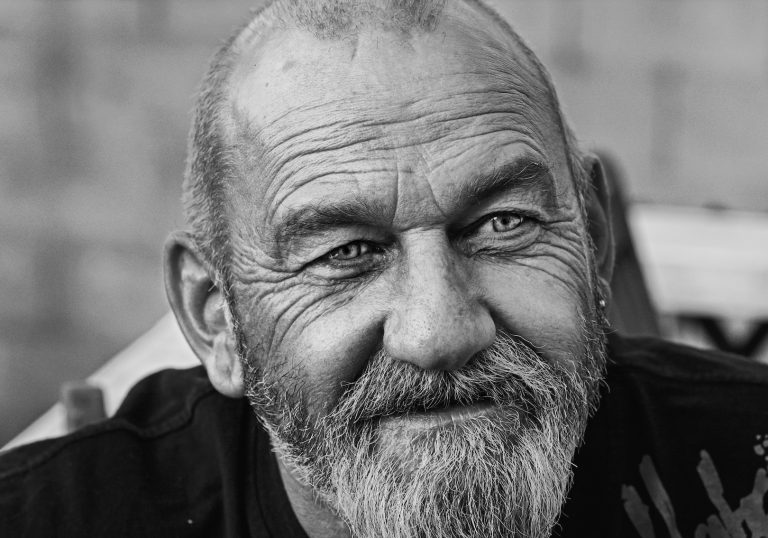
With pets, unless you have them in a studio where you have control over the lighting, you’re going to have to adapt to whatever the situation is. The important thing with pets is to make sure the fur is correctly exposed and the focal point is the eye/s. Pet’s can be great for practising on (as can kids playing). Try to capture the blur of moving legs and arms by selecting the correct shutter speed. Practice and have fun.
eBook On Portrait Lighting
If you would like to learn more about lighting for all types of portraits I highly recommend the following e-book from Digital Photography School.
Click on the banner for instant access.
To Save Time Take Your Time - there's no rush!
Let’s start this paragraph assuming you have a willing subject and that you have your camera set-up and lighting sorted.
The first thing you need to do is get your subject to relax. The best time to do this is while your hair and make-up artist is busy working on them.
- Chances are your model is feeling a bit tense and looking to you for guidance. Get to know them and what makes them tick. Ask them what they want and explain the process you would like to follow and encourage them to let you know if, at any point, they feel uncomfortable or want to take a break.
- Give them direction throughout the process – they have probably never had a portrait session before and are either looking forward to the experience with excitement or trepidation. Your job to find out which it is and assure them of a great experience. Their job is to enjoy the experience.
- What are their hobbies are, what makes them happy (get them to expand on this in a conversational mode)? This gets them talking and more relaxed and, even more importantly, comfortable with you before you bring your camera to bear!
Most of the following should be carried out weeks before but …
- If you don’t already know ask them how they want to be portrayed, what they plan to do with the image, will they be making prints of it etc. Point out things you think should be highlighter for example their lovely curly hair, beautiful nails or striking eyes – just keep it professional and not sleazy.
- Is there any feature they have which they would not like emphasized in the portrait. These things are important to them and will make you look far more professional in their eyes and will help you when you do start taking the photos.
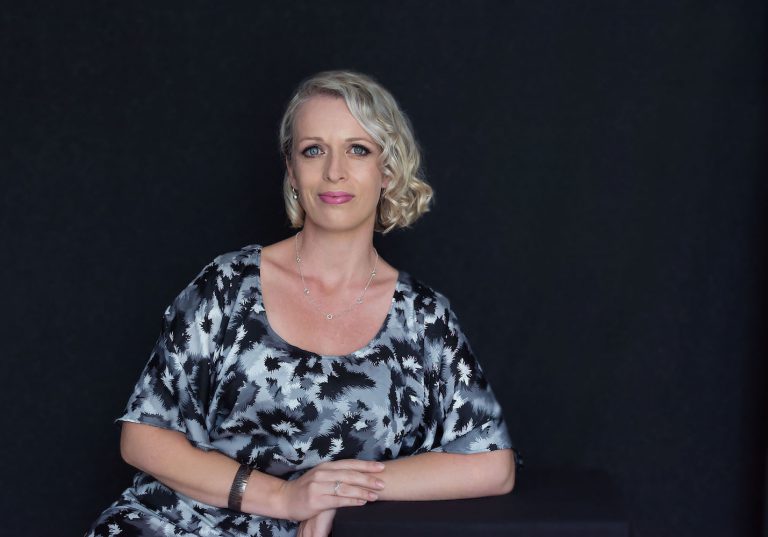
Most of the following should be carried out weeks before but …
- If you don’t already know ask them how they want to be portrayed, what they plan to do with the image, will they be making prints of it etc. Point out things you think should be highlighter for example their lovely curly hair, beautiful nails or striking eyes – just keep it professional and not sleazy.
- Is there any feature they have which they would not like emphasized in the portrait. These things are important to them and will make you look far more professional in their eyes and will help you when you do start taking the photos.
Take your time posing them but tell them to relax between exposures.
Be aware of bunched clothing, smudged lipstick (especially on teeth), visible tan lines, exposed straps, clothing labels sticking out, hair in the face etc.
If you need to touch the model always ask permission – DO NOT assume!
Check everything again in the viewfinder and give yourself plenty of room around the subject to crop later. What’s in frame can be cropped later – what you leave out is almost always impossible to add later. Don’t be like me and crop too closely in camera. Grrr … I continually do it.
Golden Rules to Successful Portrait Photography
Some basic but essential rules that should never be broken …
- Always focus on the eye closest to the camera.
- Never cut off limbs.
- If you need to touch the model always ask permission – DO NOT assume!
- Keep ladies hands away from their faces!
Take your time, 10 perfect shots in an hour are way better than 100 horrible ones in 10 minutes. The more photos you take the more you have to sift through later so take fewer and make them count.
Posing, like lighting, is a subject on its own and I won’t go into detail here other than to say look at other photographer’s work for ideas and take courses on the subject. I love books which have visuals. Buy a few and keep them in your bag for a ready reference and reminder.
Here’s one that I highly recommend from the Digital Photography School – click on the banner for access.
Generally speaking you want to make women slimmer – yes even the slim ones.
You do this by angling their body away from the camera at say 45 degrees, have them tip slightly towards the camera by bending at the hips and shooting from slightly above their eye level.
Shape their arms along the female form or pose the arms to create triangles to frame and emphasise waist and bust lines.
Bring elbows in to slim them down.
Pro Hint: Think “hour-glass” shape.
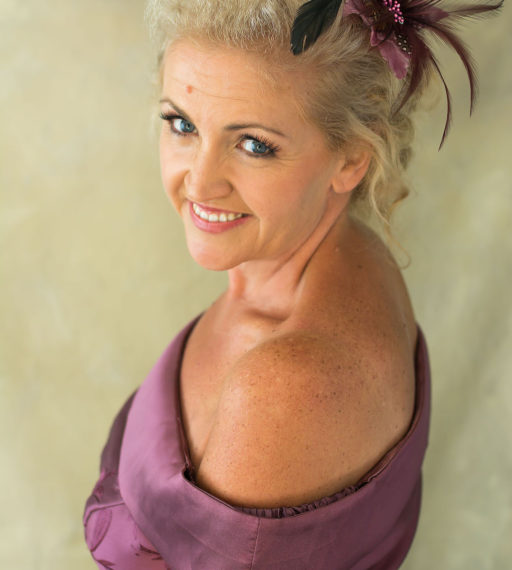
Men want to look bigger, tougher and to look like the perfect protector so stand them square on and have your camera below their eye-level shooting up at them (this evokes a feeling of strength and power).
Pro Hint: Think “Sherman-Tank “shape.
Being professional does not mean being unapproachable – especially in portrait photography. Your clients need your professional direction but also want to feel safe in a friendly environment.
Slow down and be deliberate in what you do, make appropriate jokes and comments and always be on the lookout for any signs of discomfort by the model.
Take a break whenever necessary.
You will both find this approach much more enjoyable and it will reflect in the end product – that’s what it’s all about after all.
More Ways to Improve Your Portrait Photography
I like getting ideas from other portrait photographers and reading books on the subjects but there really is no substitute for taking action.
Bribe children, family members and friends and ask them if they want stunning portrait photos in exchange for their time.
I strongly recommend you take some sort of structured course or get involved in a portrait group – Facebook is a great place to find these groups.
Here’s that link again to the DPS eBook – click on the banner for instant access.
A final comment and a little secret of mine …
None of us is getting out of here alive and it is my ambition to get everyone of us to have a ‘coffin portrait’ that people will look at and say “That is exactly how I remember him/her!”.
Achieve that with every portrait you take and I would be the first to say you have done an excellent job.
As always please give me your thoughts in the comments section below. Let me know if there is anything I have left out, what you would like to discuss and where you may disagree with (this will mean you are off my Christmas Card list).
Say “cheese” …
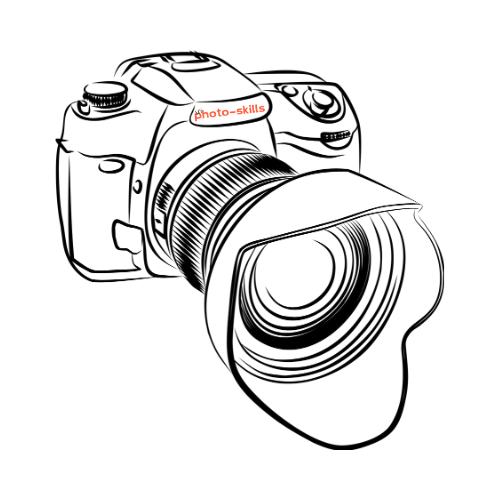
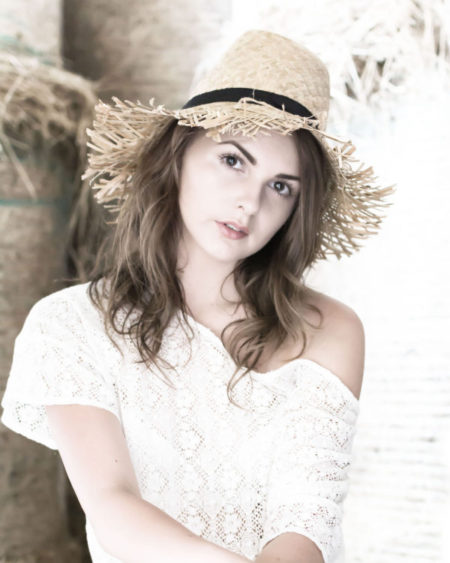


Oh wow!! All I can say is – you outdid yourself on this article, Lawrence – it was a great read!
I learned a lot of new things and things that I will certainly be using in my photography stints. Taking a picture is such an art and it is so much a part of everything – timing, lighting, angles, lens, camera, experience, coercion…and so many factors which come together to make anyone look good -even if they don’t think they can or do.
It is a technique indeed.
You have given some great tips and I will surely pass this article along to some of my ‘avid photographers’ as well.
Thanks again.
Great job!
Michelle
Hello Michelle. Thanks for your kind words. I am thrilled you enjoyed reading it. As I was writing it I realised that the subject is vast and I could spend days and weeks expanding on it. At the risk of course of boring my readers to tears – photographers generally want to get out there and take photos and not spend days reading about it!
Haha thats probably the same in any hobby/interest that people have.
Thanks for passing the site on to your photography friends – I hope they find it worthwhile too.
Lawrence
Excellent article ……
Well thank you Jenni. Are you a photographer?
You didn’t leave any hint as to what you found interesting – a mysterious lady …
This is way deep and detailed, Lawrence.
Portrait photography is one aspect of photography I’ve always been fascinated about ever since I saw Leonardo Da Vinci’s The Mona Lisa and read a lot about it in art book reviews years ago. And so when I saw your article and your preference for portrait I was hooked!
Pretty detailed– from aperture or manual mode preferences to camera settings (aperture, Shoot in RAW, ISO setting) to best lens for portrait photography (prime or zoom) to best lighting for portrait photography– I got to learn a whole lot from your article. Funny thing, before now I knew practically little to nothing about photography other than how to take a picture with my android device! But reading MYPHOTOSKILLS today just opened my eyes to a whole new world of possibilities on what I could do with my photography passion which has been at phone camera level.
Soft light for women; soft for children, and harsh for men…!
Technical details there…
Pretty rich & deep articles here, Lawrence!
Hey Onis – you sure got it man and the Mona Lisa is a classic isn’t she. Have you ever noted what is in the background? It tells you a lot about where the image was painted and Leonardo did it for a reason. An artist can either choose to include or exclude background in both instances to enhance the image (photo or drawing).
I’m rapt that you got so much out of the post and be great if we could get you creating your own Mona Lisas.
I want to touch on something about “knowing” everything.
Oh boy did I mess up this week?
I had a woman and here mother in for a “generations portrait’ and after a couple of fun hours in the studio we hit the outdoors and the beach in particular. Old “smarty pants” here forgot to change the White Balance from “Pre- select” to something else (probably would have gone “auto”).
The good news: I was shooting in RAW so no permanent damage done but I will have a bit more work to do in post processing.
It’s easy to forget these things when you’re having fun.
Thanks for the comments my friend.
Lawrence
Hello Lawrence,
Wow did i learn so much from reading this?
Your photos have so much depth and intrigue. And that you get that women want to be photographed thinner, thank you!
But all the angles you talk about is such a metaphor also for how we choose to see life..and using a lens allows you to tell an incredible story.
So did like reading this.
Light the path
In peace and gratitude, ariel
Hello Ariel – thanks for your comments they are much appreciated. That’s a very valid point on how we choose to view life, Its very sad that most of what we do is governed by society’s expectations and never more so that in the human form.
With my photography I try to bring joy to my customers and show them that they are indeed beautiful exactly the way they are. Never known a child to hate grandma or gramps because they have so many wrinkles or are a bit overweight – heck that’s exactly what makes them so special.
Peace and gratitude right back at ya!
Lawrence